
So, what’s up with spiralizing vegetables? Well, apparently a lot. Who would have thought that what would seem like some fun kitchen experiment would actually prove to be a valuable idea to help us achieve a healthier eating habit? I doubt if you haven’t seen a spiralized veggie yet, but just in case, well – it’s simply that, a vegetable that is cut into spirals that resemble pasta or noodles. Frankly, all you really need to get into spiralizing is a little creativity and a bunch of the best vegetables to spiralize and you’re already off to a good start.
Not only do spiralize vegetables look, well, absolutely pretty – they’re an awesome idea too, to add more vegetables into your diet. In fact, zoodles or zucchini noodles became really popular among paleo, keto, or Whole30 dieters as healthier alternatives to pasta. Not that it’s the only way to enjoy these spiralize vegetables but it sure is a good start. Imagine still enjoying a bowl of spaghetti to your heart’s delight even if you’re on a low-carb diet. Pretty neat, right? That is of course because zoodles, or spiralize vegetables in general, are a refreshing addition to your other low carb foods.
You can get crafty in the kitchen and use a mandoline, box grater, vegetable peeler, or julienne peeler to spiralize your veggies. But if you’re going to make this a normal part of your cooking and eating habit (which is not surprising considering how good spiralize vegetable is!) then perhaps you might want to get a spiralizer. Now, there are so many spiralizers out there with different features and various price points. However, Spiralife Pro is one that I’ve tested myself and have actually written a review for. So, maybe you can start from there.
Zoodle may be the first thing that you think of when you hear spiralize vegetable, rightfully so considering how popular it became when the whole spiralizing vegetable started. In fact, countless zoodle recipes have been created since then. But there are actually a lot of vegetables that you can spiralize, it doesn’t have to be just zucchinis. And it doesn’t have to be ‘pasta’ dishes all the time. There are also a lot of other ways to cook spiralized vegetables.
Needless to say, spiralizing vegetables is not just healthy but a fun way to mix up your kitchen routine. Keep in mind that monotony can greatly affect your view of cooking and worst can eventually jeopardize your effort to eat more healthily. Spiralizing vegetable offers a different approach to adding and enjoying veggies to your diet. If you still need further convincing, then see the five reasons why you need to start spiralizing at the end of this article. But before that, here are the best 15 veggies to spiralize:
Best Vegetables to Spiralize
Carrots
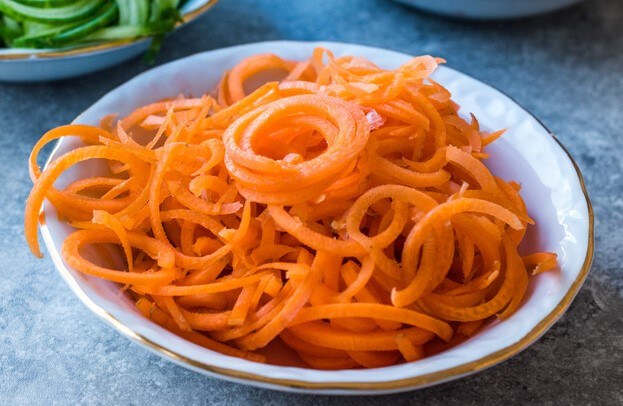
A great alternative to having carrots shredded or sliced is having them spiralized. Not only will it add volume and life to your dish but will add flair to it as well. I mean, spiralized carrot fries, right? Any takers?
Carrots are known for their beta-carotene content. It’s amazingly packed with vitamin A. It also contains vitamin K, potassium, vitamin C, calcium, and iron. It helps keep eyes healthy, strengthen bones, lower the risk of cancer, boost the immune system, and help with constipation.
Beet
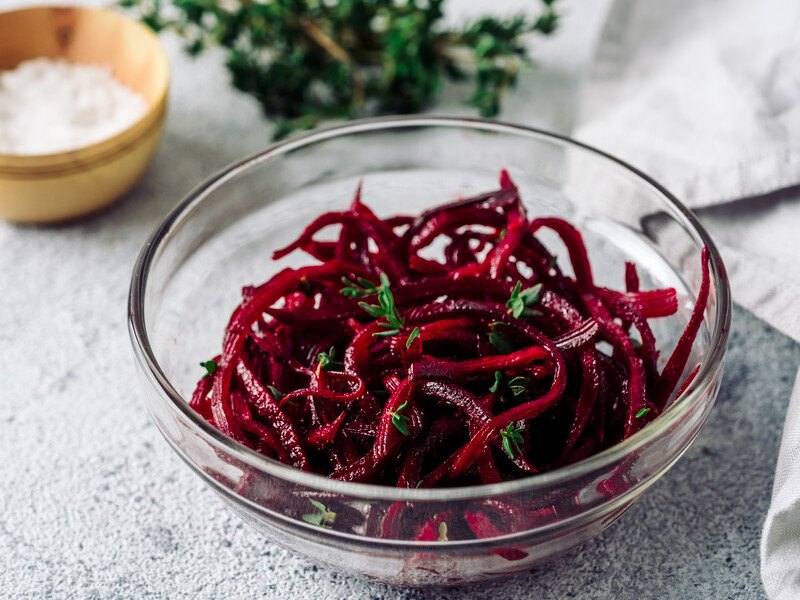
Aside from its amazing color, flavor-wise beets are perfect with ingredients with bright, sweet, and fresh flavors. Say, salad, for instance, it sounds perfect with a balsamic-chive dressing and a handful of fresh spinach.
Beets are a great source of fiber, folate, manganese, potassium, iron, and vitamin C. It also contains beneficial plant compounds that are associated with reduced blood pressure which in turn lower the risk of heart disease.
Red onion
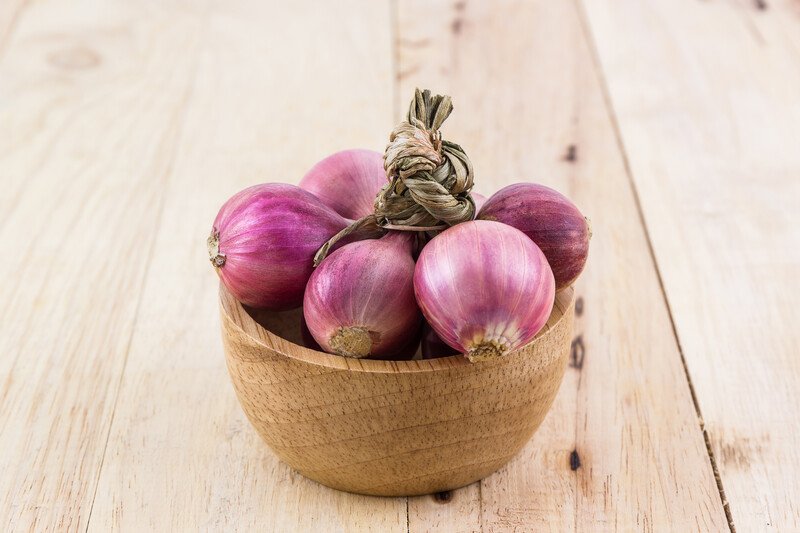
Yes, onions! Because why not, right? These pretty curlier onion strands are not just for salads, it’s great for baking, caramelizing, and frying as well. Oh, and yes, pickled spiralized onions!
Red onions are rich in antioxidants that fight inflammation and boost the immune system. It also contains a fair amount of manganese, vitamin B6, vitamin C, biotin, and copper. It boosts digestive and bone health and also has antibacterial properties.
Sweet potatoes
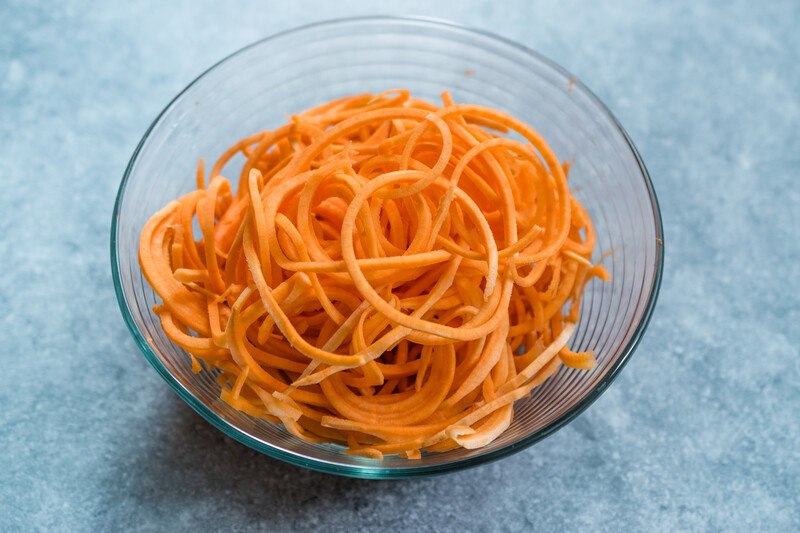
Spiralized sweet potatoes will make for great sweet potato latkes, fritters, soups, or Pad Thai. Pairing it with other spiralized vegetables is a good idea, too. That rich color will surely brighten up any dish. In fact, you can roast them, and still, it retains their lovely color.
Sweet potatoes are incredibly high in vitamin A. It’s also rich in B vitamins, vitamins C and D, calcium, iron, magnesium, phosphorus, and other minerals. It’s good for lowering the risk of heart disease, macular degeneration, obesity, diabetes, and even cancer.
Cabbage
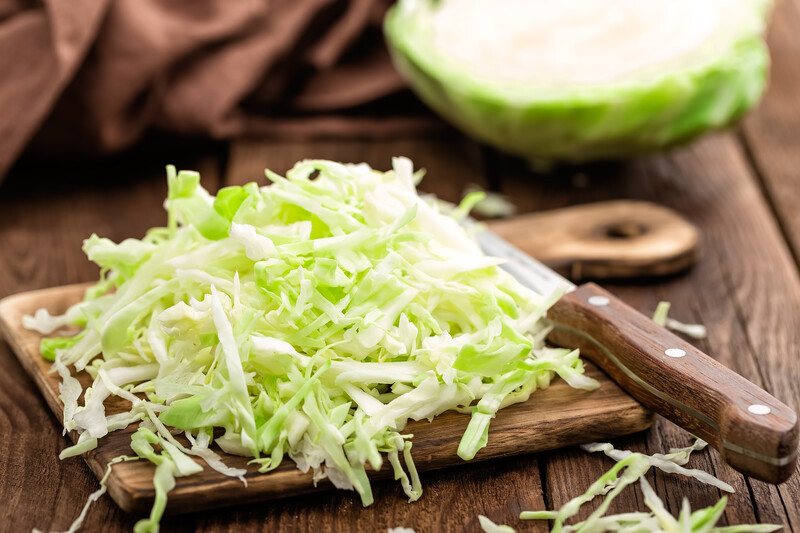
It will be a treat to make okonomiyaki (a Japanese cabbage pancake) using a spiralizer. It will also pair really well with spiralized apple, too, to make a quick slaw. Simply sauteing it is not a bad idea as well.
Cabbage is packed with nutrients. It’s rich in vitamins K and C. It also contains folate, manganese, vitamin B6, calcium, potassium, and magnesium. Its antioxidants content may help in reducing inflammation. And because it contains insoluble fiber, it’s good for the digestive system.
Broccoli stems
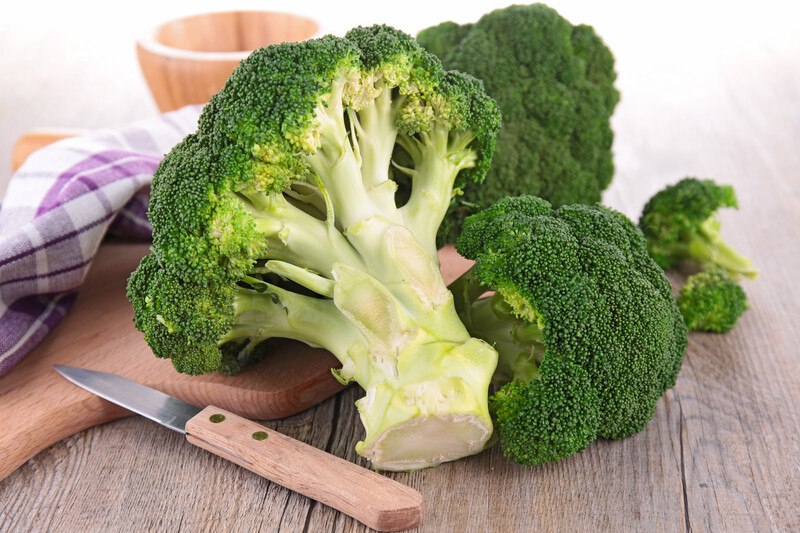
Yes, broccoli stems! Don’t throw away those stems or stalks after you have picked all its florets. You can simply spiralize them and make salads, noodle dishes, or stir-fries. What a way to make the most out of your veggie, right?
Broccoli is another good source of fiber and protein. It also contains vitamins A, C, E, K, and B vitamins, iron, potassium, calcium, selenium, and magnesium. It’s good for boosting immunity, promoting heart health, reducing inflammation, and improving blood sugar levels.
Bell peppers
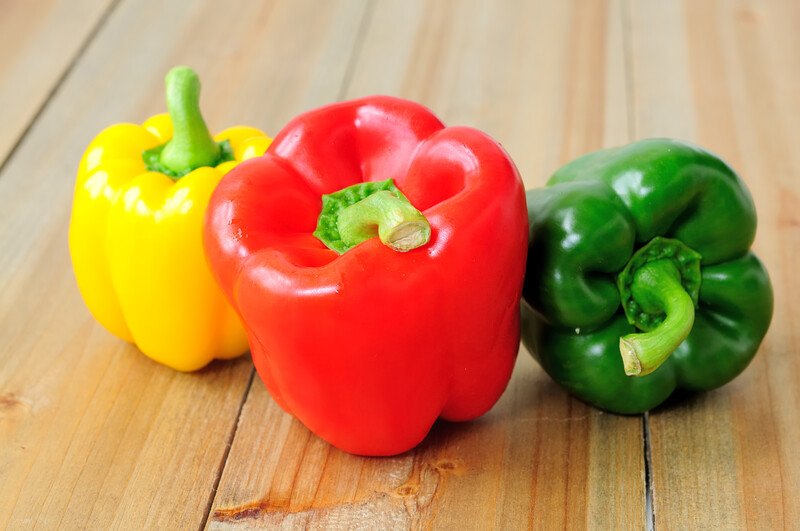
Spiralized bell peppers are a refreshing addition to salads and noodle dishes. Its bright color and amazing flavor will lift any stir fry dishes. Mixing different bell pepper colors is also a good idea.
It’s very rich in vitamin C and includes other vitamins and minerals like vitamin K1, E, and A, folate, and potassium. It’s also a decent source of fiber. Bell peppers aid in eye health and in anemia prevention.
Butternut squash
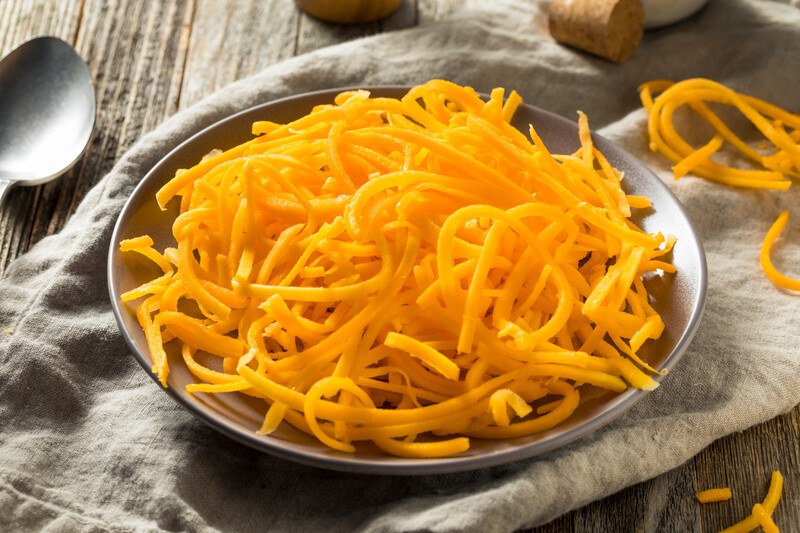
Not only is it pretty to look at but spiralized butternut squash is pretty flavorful as well. Aside from noodle recipes and salads, you can also make curly butternut squash fries, latkes, or casseroles.
Butternut squash is rich in provitamin A carotenoids, vitamin C, B vitamins, magnesium, potassium, and manganese. Because it’s high in potassium, butternut squash reduces the risk of stroke and heart disease by managing blood pressure.
Turnips
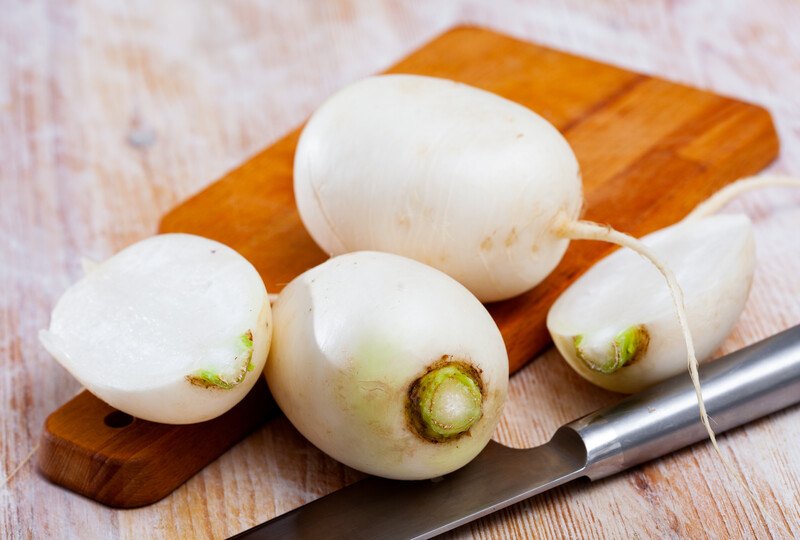
Spiralize turnips are surely not the most colorful ones out there, but they make for a great addition to salads, stir-fries, and even to soups. When paired with spiralized potatoes, you can make a beautiful gratin dish.
Turnips contain calcium, folate, magnesium, phosphorus, potassium, and vitamin C. It’s good for eye and bone health, and cancer prevention. It may also help control blood sugar levels, provide anti-inflammatory effects, and protect against bacteria.
Celeriac
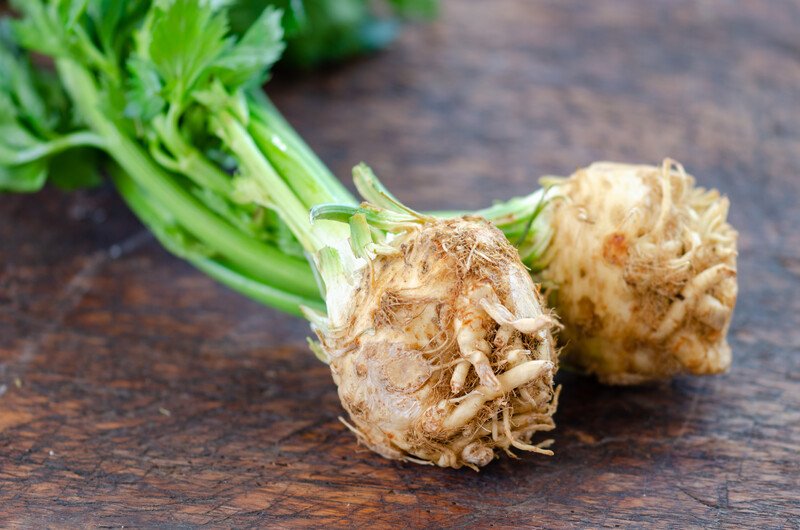
Celeriac is one of those root vegetables that are just a breeze to spiralize – and they look like pasta for real as well! But unlike real pasta though, celeriac will only take a few minutes to cook. Spiralized celeriac is also great for soups, salads, and coleslaw.
It’s rich in fiber and is also a good source of phosphorus, potassium, manganese, and vitamins B6, C, and K. Celeriac boosts heart and bone health, and may also reduce the risk of diabetes.
Parsnips
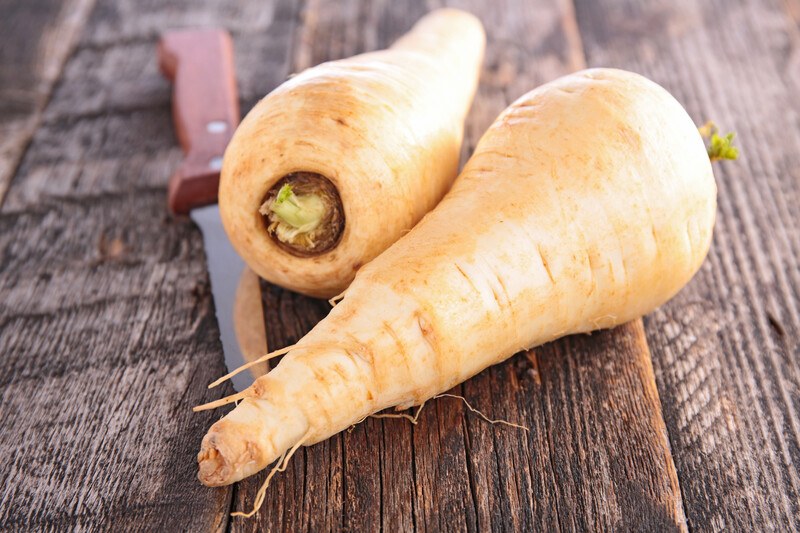
Spiralized parsnips are not only great for pasta recipes (although, yes, it’s undeniable that they really look and taste awesome as replacements for pasta), they are great to pair with potato for latkes, crispy fried on its own, or a refreshing addition to soups.
Parsnips are high in vitamin C. It also contains calcium, iron, folate, niacin, riboflavin, potassium, magnesium, and vitamin K. Not only do parsnips support the immune system, but they also improve digestion and support the cardiovascular system.
Potatoes
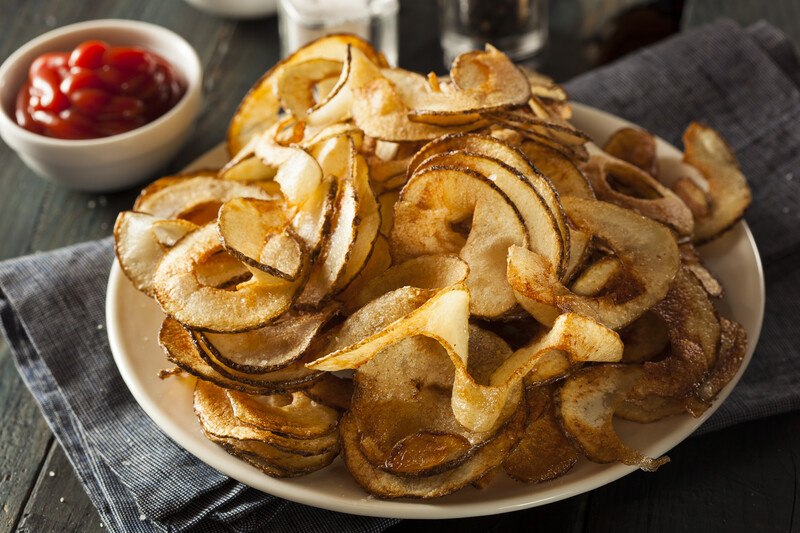
Because curly potato crisp is a must, right? You can indulge once in a while and make curly fries out of them, but for a much healthier version, simply roast them till crispy in the oven. Spiralized potatoes are also great for hashbrowns, latkes, fritters, salads, casserole, and pasta recipes.
Potatoes are high in vitamin C, B6, and potassium. Its fiber content makes it good for digestive health, while its antioxidants help in disease prevention. Potatoes also help decrease blood pressure which in turn protect the heart by reducing the risk of stroke.
Kohlrabi
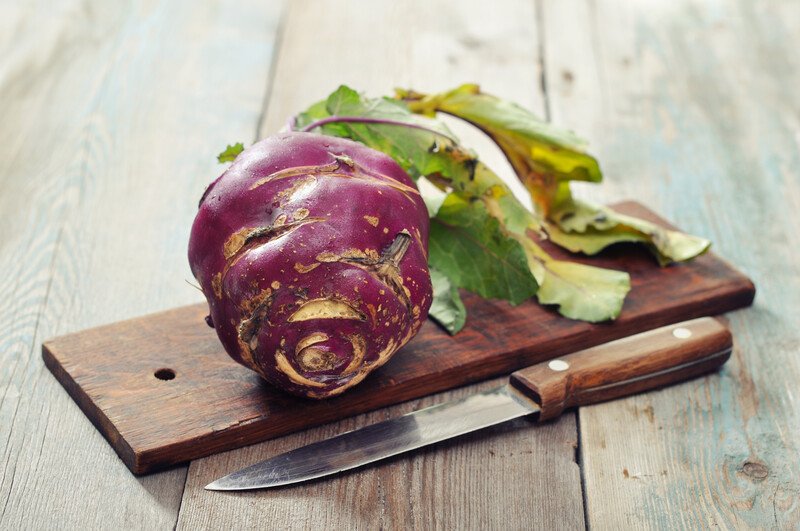
Kohlrabi is a cruciferous vegetable that at first glance can be mistaken for a root vegetable. It can be eaten raw in slaw or salad and what a fun way to recreate those dishes by using a spiralizer, right? And did you know that kohlrabi actually goes well with apples? Yes, try it.
Kohlrabi is packed with vitamin C. It’s also a good source of potassium, fiber, and vitamin B6. Its high antioxidants contents give protection against free radical damage. It also helps promote a healthy gut, supports a healthy immune system, and may also lower the risk of heart disease.
Yellow squash
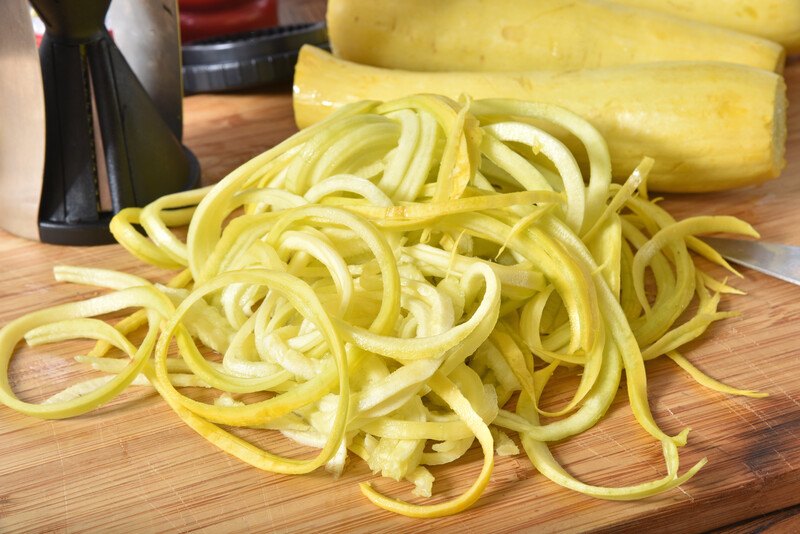
One of the most forgiving vegetables for spiralizing is the yellow squash. You can practically use it in about every way. It’s perfect for pasta dishes, casserole, salads, and even stir-fries.
It’s high in vitamins A, B6, and C, folate, magnesium, riboflavin, phosphorus, and potassium. It’s also rich in fiber and manganese. Yellow squash is good for boosting bone health and the immune system.
Green papaya
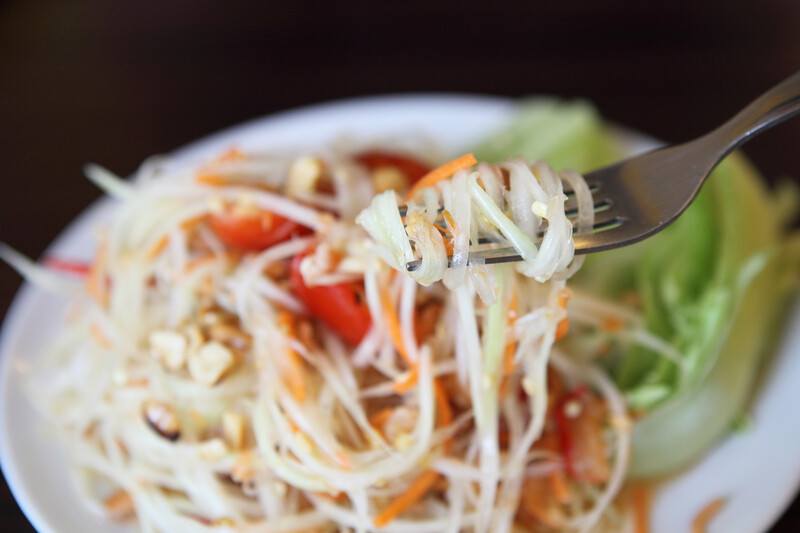
Spiralized green papaya will be perfect for Som Tam, a Thai papaya salad that is super simple and quick to make and also refreshing at the same time. It’s simply perfect with roasted chicken or fried fish.
Green papaya is rich in vitamins C, A, and E. Its antioxidant contents are known to have firming effects on the skin and also aid in reducing the appearance of wrinkles and preventing the oxidation of cholesterol.
5 Reasons Why You Need to Start Spiralizing
Spiralizing promotes a healthy diet
Whether you are on a low-carb diet, paleo diet, keto diet, or what have you – spiralizing vegetables generally promotes a healthier diet. You’re eating and enjoying more vegetables. So, that for sure is a good thing! Imagine all the nutrients from all these veggies that you can now reap the health benefits for. Not to mention that you don’t have to forcibly eat them, right? Win-win.
Spiralizing helps in weight loss
If you’re intending to maintain or lose weight then spiralize veggies with light calories, carbs, fat, and sugar should be your next best friend. Vegetables also contain dietary fiber that helps keep you fuller longer. So, no need to constantly eat to satiate hunger. As you continue to consume more vegetables, you’re also eating less and less processed foods.
Spiralizing inspires family bonding
Since spiralizing is kid-friendly you can have them in the kitchen and help out while creating bonding moments that are both fun and educational at the same time! What can get better than teaching your kids to eat more healthily by actually making it, cooking it, and eating it with them? (Spiralizer has blades of course, but carefully showing and guiding them how to properly use it will ensure that those fingers are safe for more future spiralizing bonding activities).
Spiralizing brings out your creativity
Once you have those spiralized veggies laid out on your countertops, trust me, your creative instinct will kick in. You’ll have amazing ideas on how-to or what to do with them! You can of course start off by substituting this and that in pasta recipes. You can also try googling recipes for spiralized vegetables but honestly, simply sauteing or stir-frying with (or without) a piece of preferred protein plus some seasoning, and you’re pretty golden.
Spiralizing reduces carbon footprint
Yes, you can reduce your carbon footprint by spiralizing vegetables. This is because it’s best to spiralize vegetables that are in season so you’re more likely to shop locally. It will also take shorter times to prepare and cook them, so you use your home appliance and energy sparingly. And lastly, because you’re eating more vegetables you are also more likely to consume less meat.
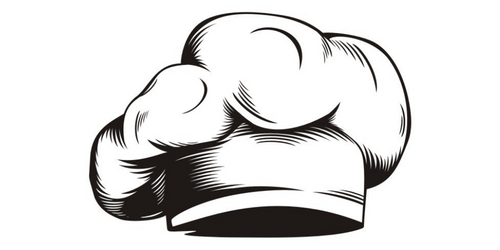
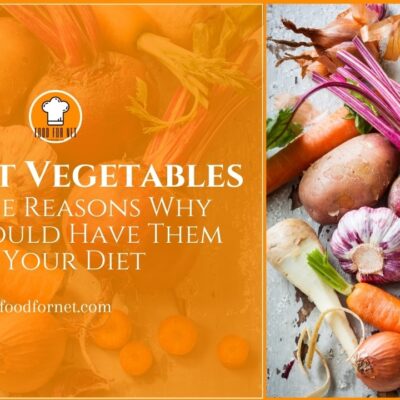

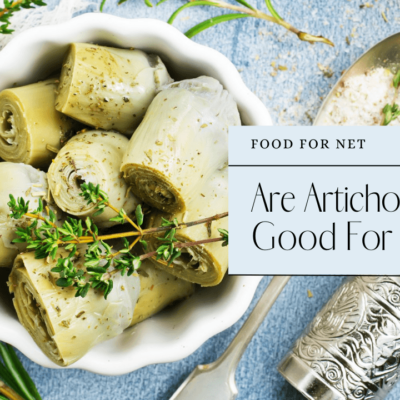
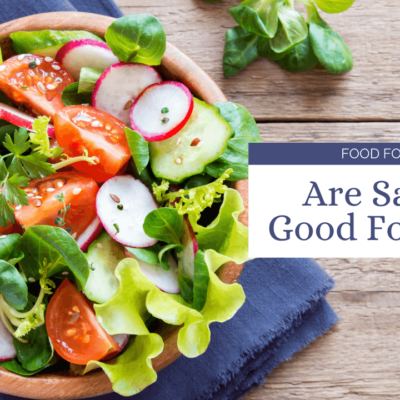

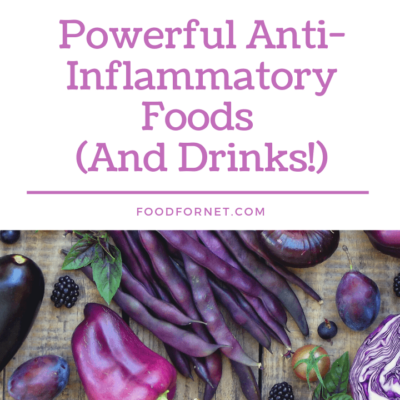
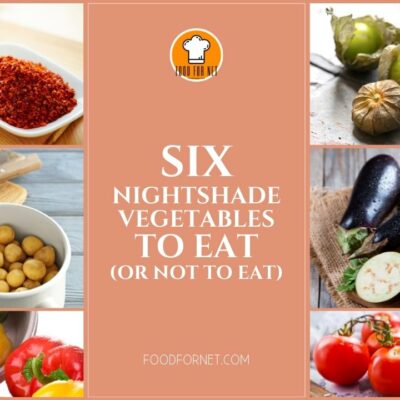
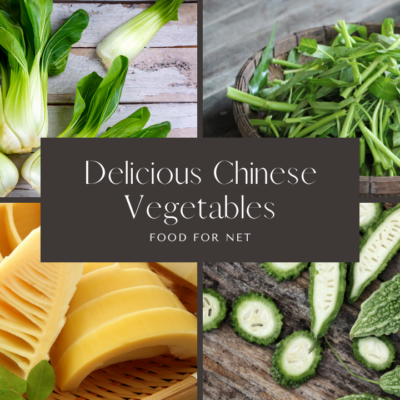

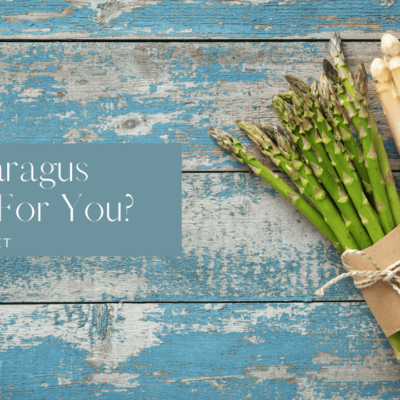
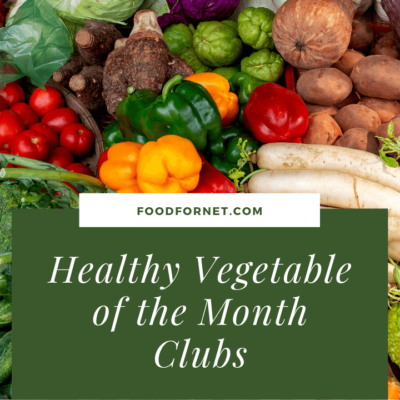

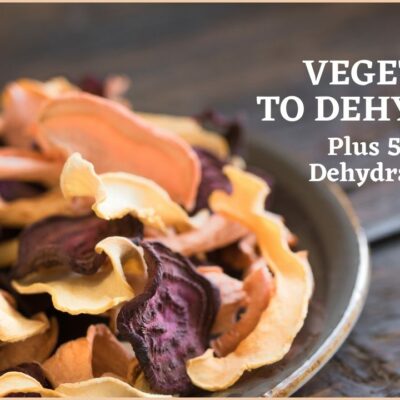
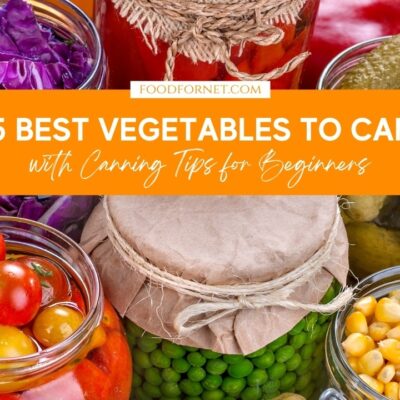
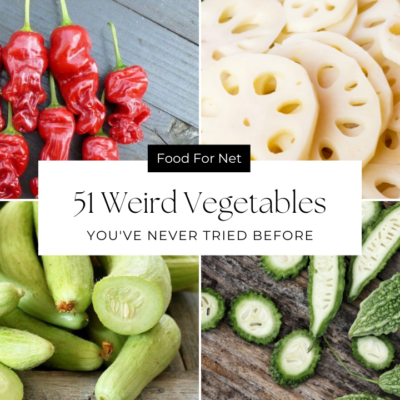
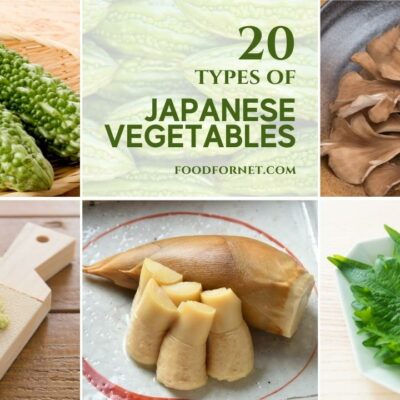
 Are Grits Good For You?
Are Grits Good For You?
Leave a Reply